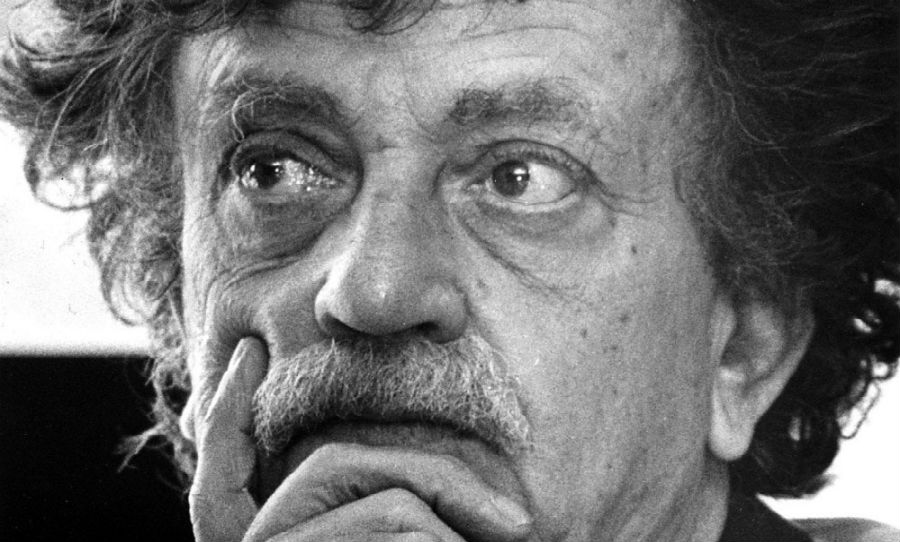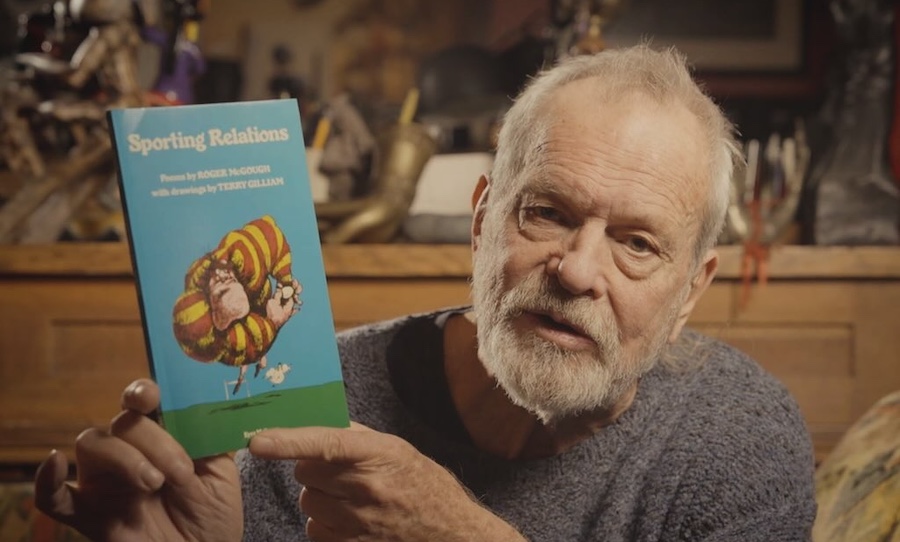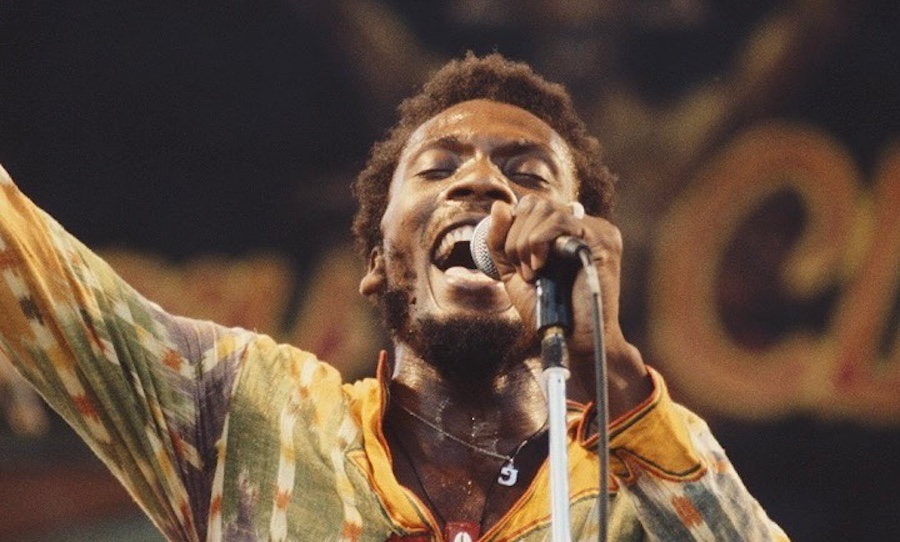Responsible for some of the greatest novels of the twentieth century, Kurt Vonnegut was just as prolific an artist as he was a writer.
Many of his most notable works feature tiny doodles throughout their pages; the ‘Goodbye Blue Monday’ zeppelin in Breakfast of Champions and the ‘Everything was beautiful and nothing hurt’ epitaph in Slaughterhouse-5, just to name a few.
In a book introduced by his daughter Nanette, Vonnegut’s drawings give us a little insight into one of the greatest minds in literature.
Here is a snippet from each chapter of the book, aptly titled Kurt Vonnegut Drawings.
Chapter 1: Self-portrait, February 16, 1985
I myself make pictures from time to time. I actually had a one-person show of drawings a few years back … in Greenwich Village, not because my pictures were any good but because people had heard of me.
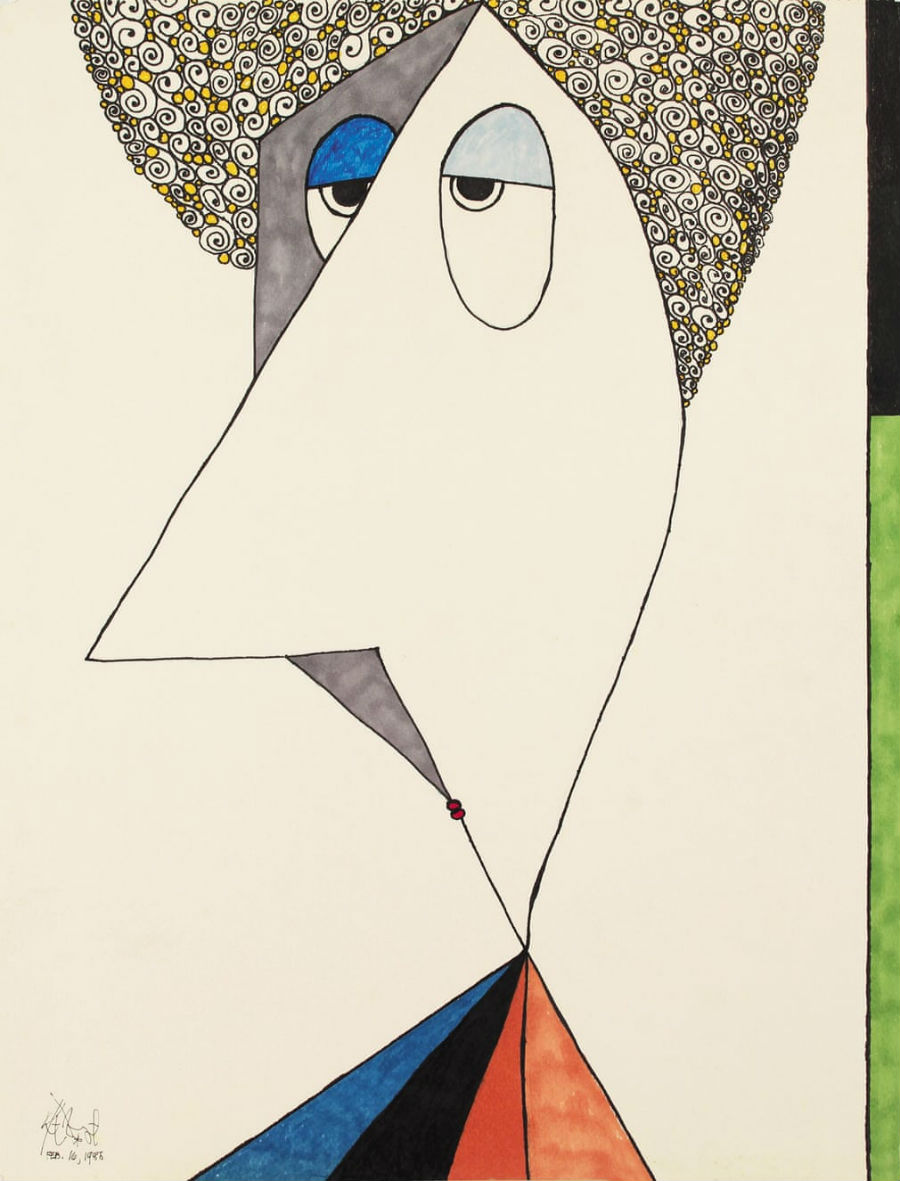
Chapter 2: Abstraction: Hurricane, October 1, 1985
The canvas, which is to say the unconscious, considers [the painter’s] first stroke, and then it tells the painter’s hand how to respond to it with a shape of a certain colour and texture at that point there. And then, if all is going well, the canvas ponders this addition and comes up with further recommendations. The canvas becomes a Ouija board.
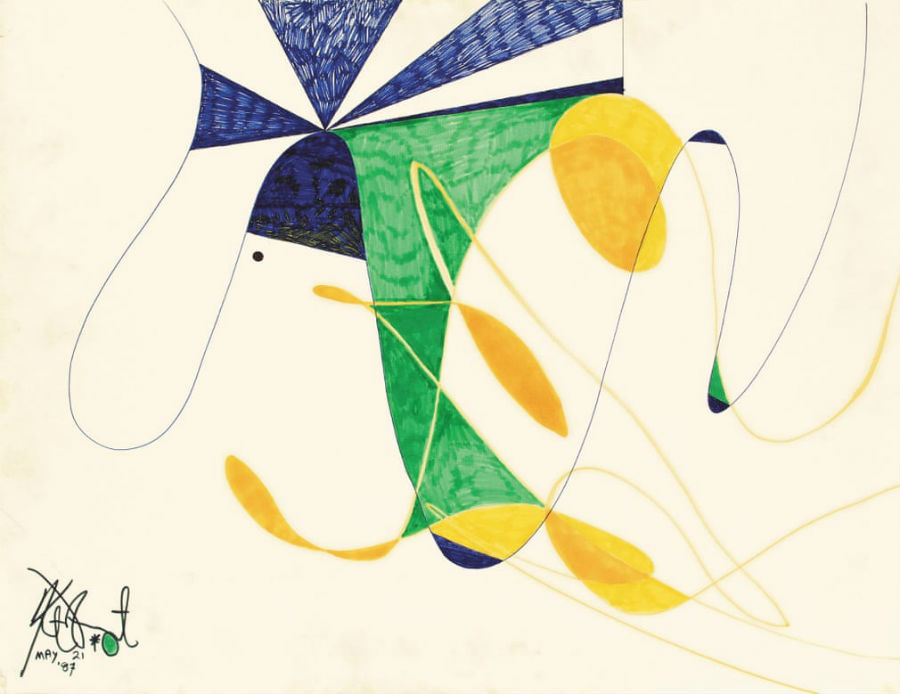
Chapter 3: Women: Untitled, no date
I [wrote] a book about a painter, Bluebeard. I got the idea for it after Esquire asked me for a piece about the abstract expressionist Jackson Pollock. The magazine was putting together a 50th-anniversary issue to consist of essays on 50 native-born Americans who had made the biggest difference in the country’s destiny since 1932. I wanted Eleanor Roosevelt but Bill Moyers already had her.
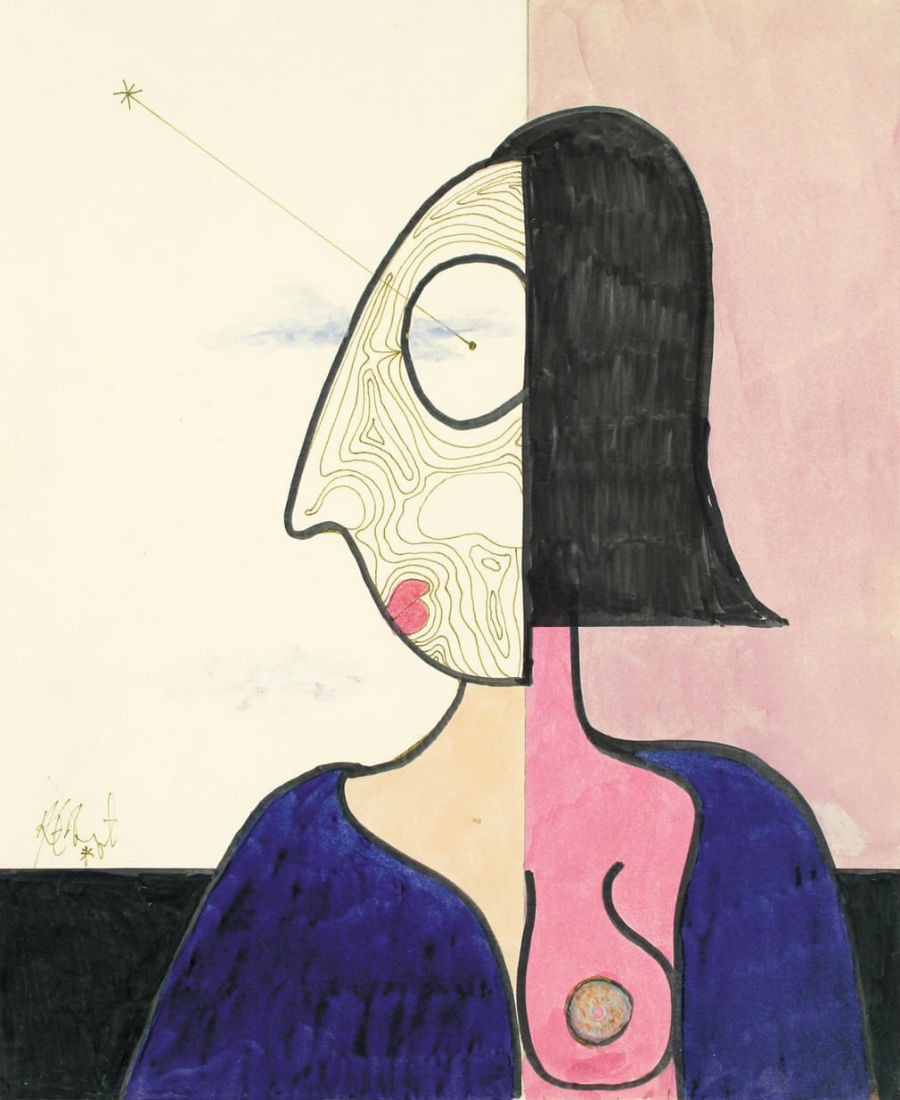
Chapter 4: Letters: Untitled, no date
The making of pictures is to writing what laughing gas is to Asian influenza.
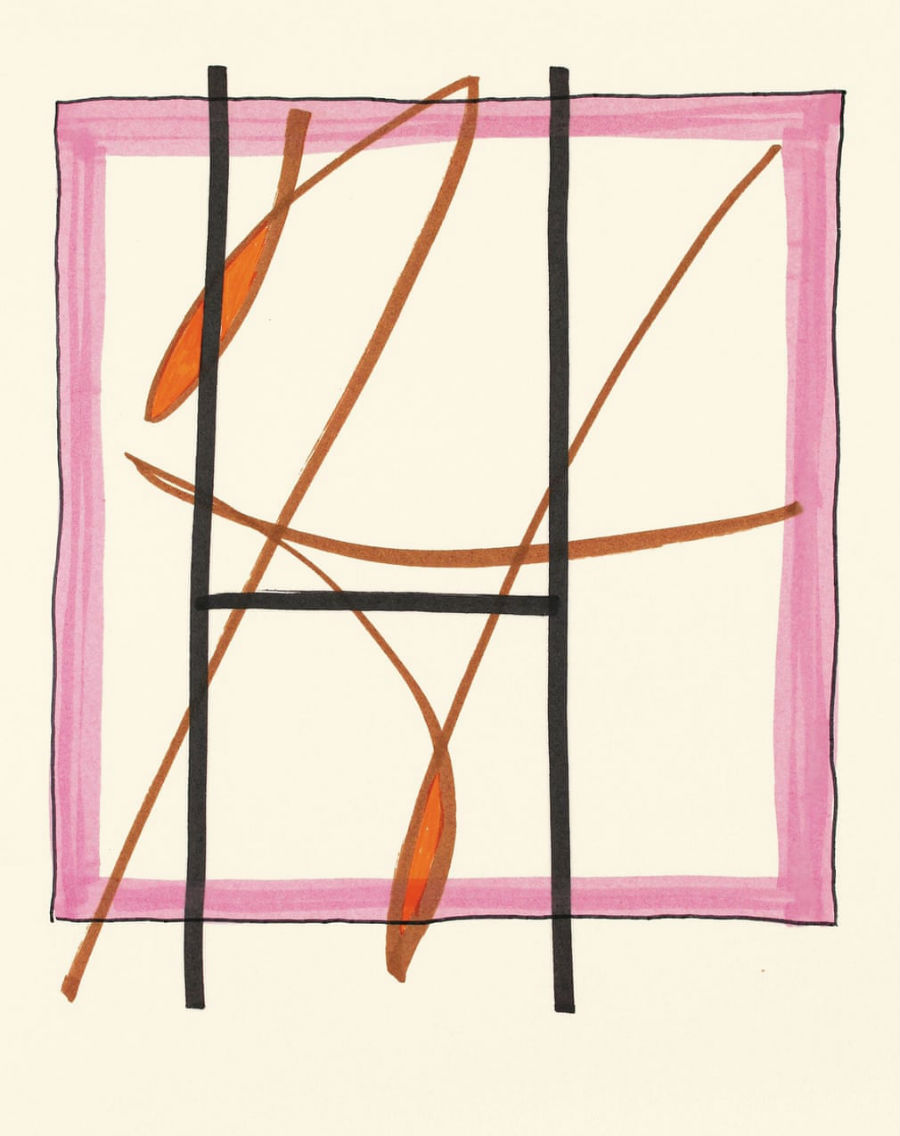
Chapter 5: People: Untitled, no date
Both my grown daughters make pictures and sell them. But they wish they could keep them. It is the third player who forces them to put them up for adoption. And that player is full of vehement advice about how to make their pictures more adopt-able, how to run a successful baby factory, so to speak.
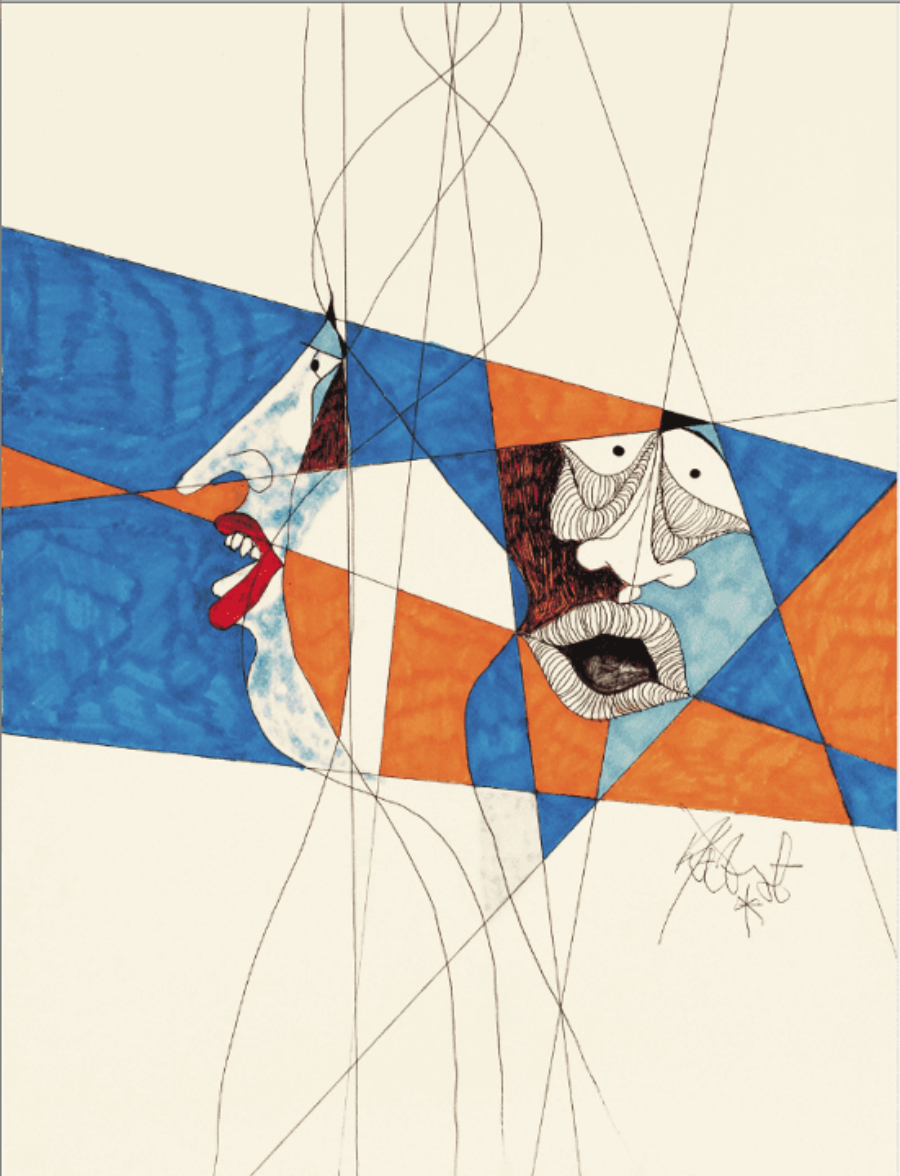
Chapter 6: Faces: Untitled, no date
And may I say parenthetically that my own means of making a living is essentially clerical, and hence tedious and constipating. Intruders, no matter how ill-natured or stupid or dishonest, are as refreshing as the sudden breakthrough of sunbeams on a cloudy day.
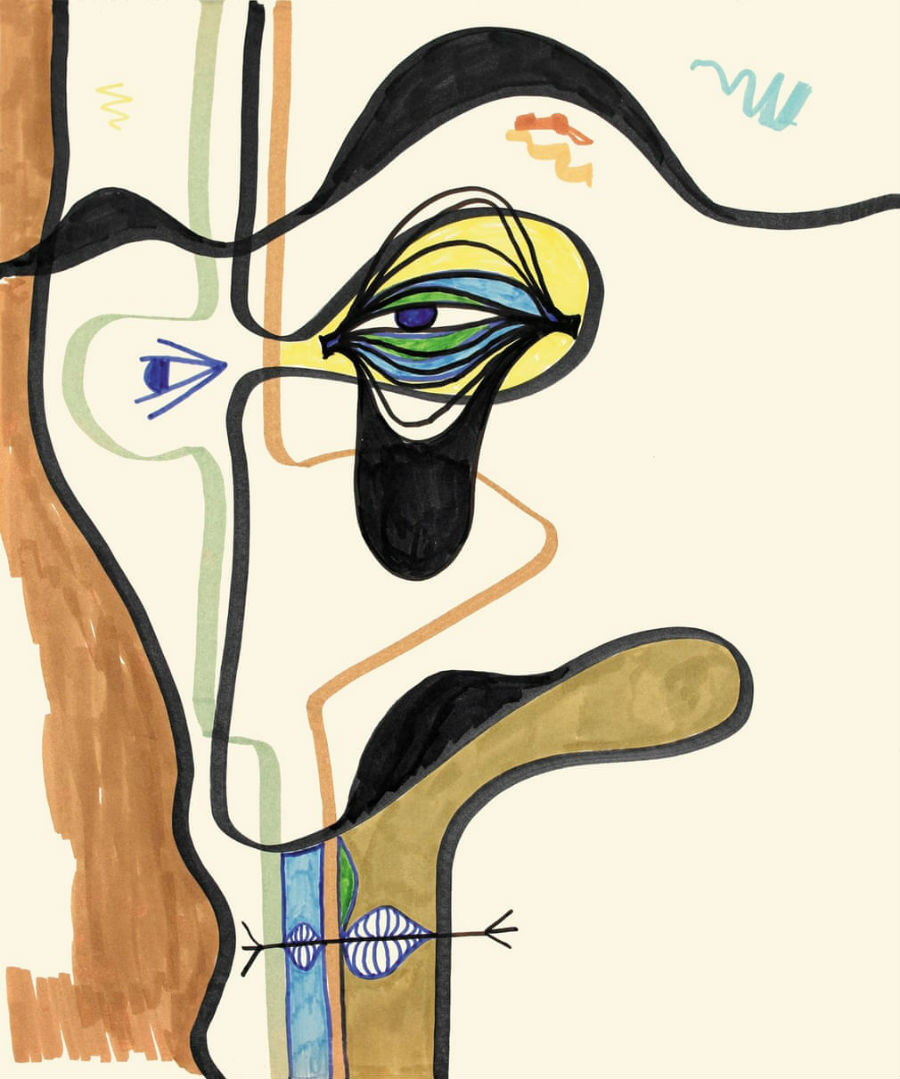
Chapter 7: Looking at things: Untitled, no date
Good examples of harmless toots are some of the things children do. They get smashed for hours on some strictly limited aspect of the Great Big Everything, the Universe, such as water or snow or mud or colours or rocks (throwing little ones, looking under big ones) … Only two people are involved: the child and the Universe. The child does a little something to the Universe, and the Great Big Everything does something funny or beautiful or sometimes disappointing or scary or even painful in return.

Chapter 8: Lines: Untitled, November 14, 1985
Was there ever a more cunning experiment devised to make the unconscious reveal itself? Has any psychological experiment yielded a more delightful suggestion than this one: that there is a part of the mind without ambition or information, which nonetheless is expert on what is beautiful?
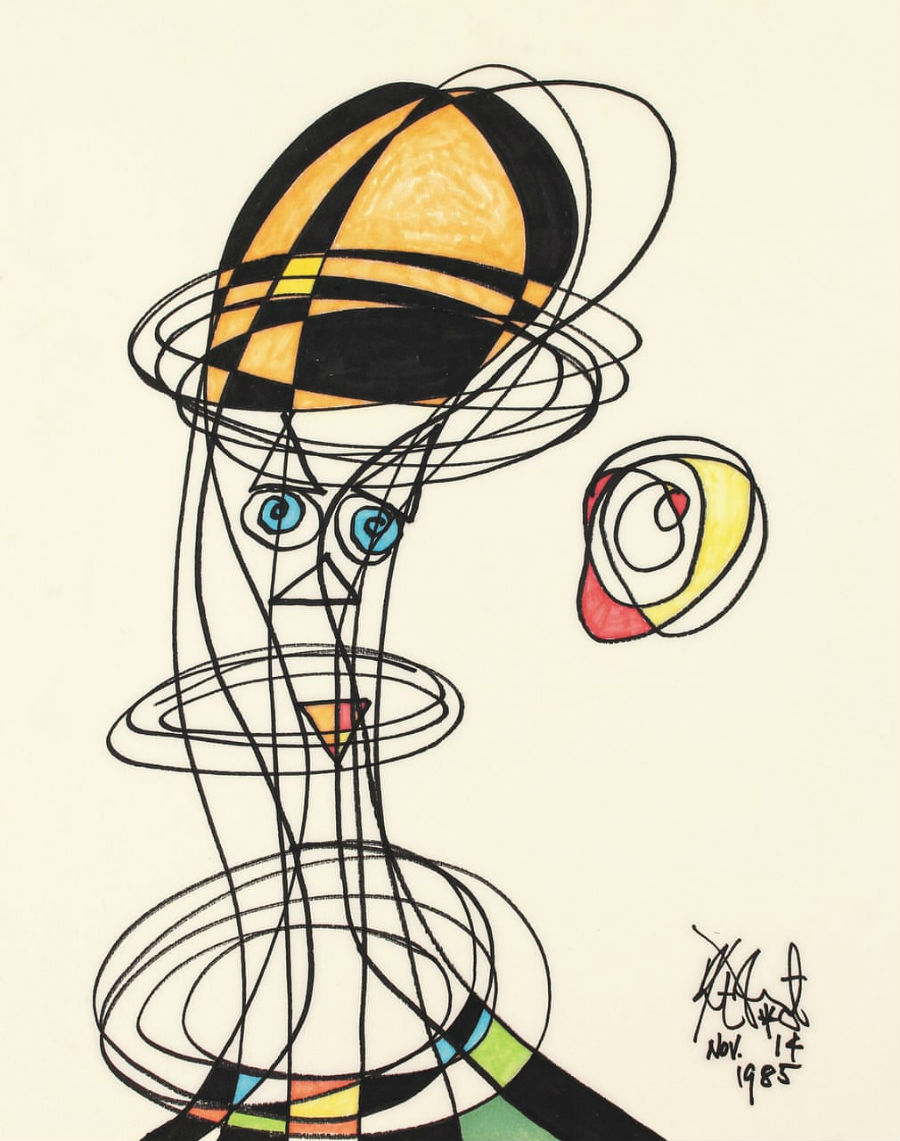
Chapter 9: Things: Untitled, September 25, 1985
The most satisfied of all painters is the one who can become intoxicated for hours or days or weeks or years with what his or her hands and eyes can do with art materials, and let the rest of the world go hang.
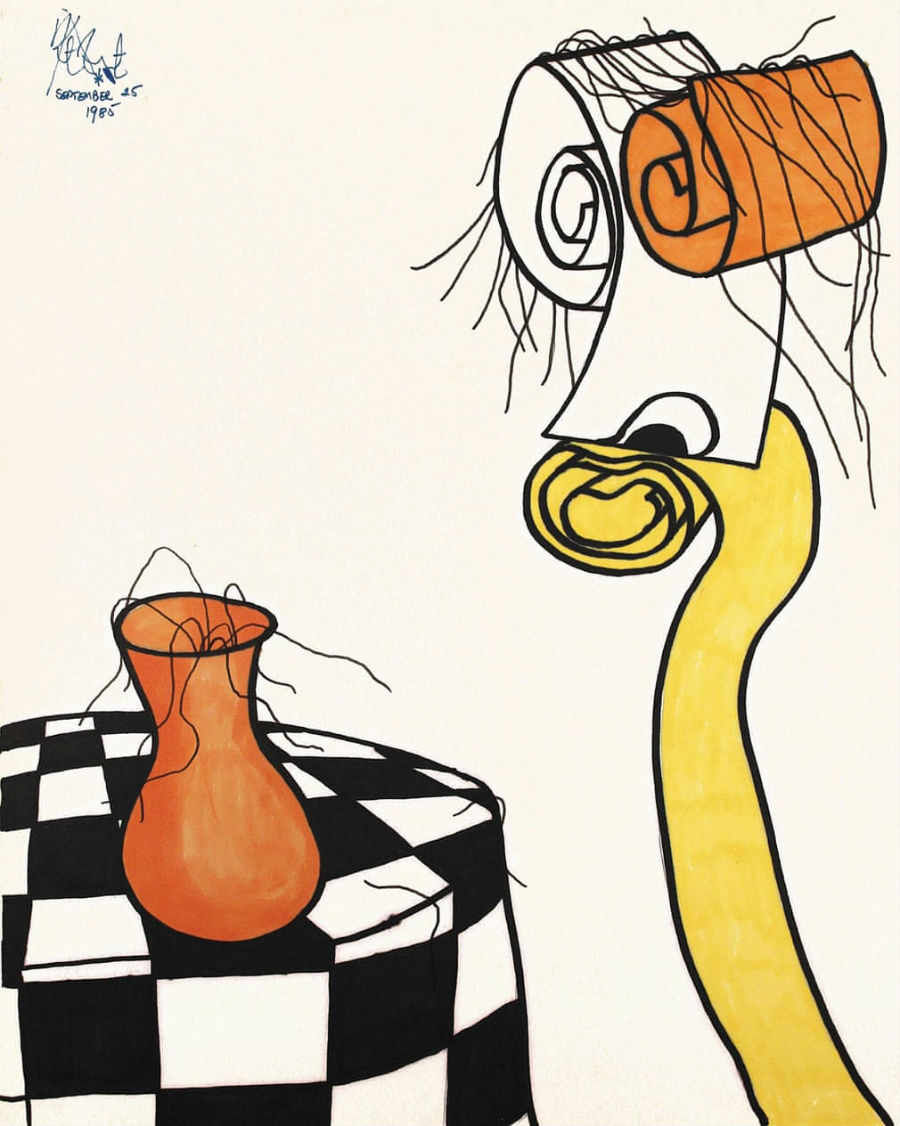
Chapter 10: Words: Tiger Got to Sleep, no date
The imagination circuit is taught to respond to the most minimal of cues. A book is an arrangement of 26 phonetic symbols, 10 numerals, and about eight punctuation marks, and people can cast their eyes over these and envision the eruption of Mount Vesuvius or the Battle of Waterloo.
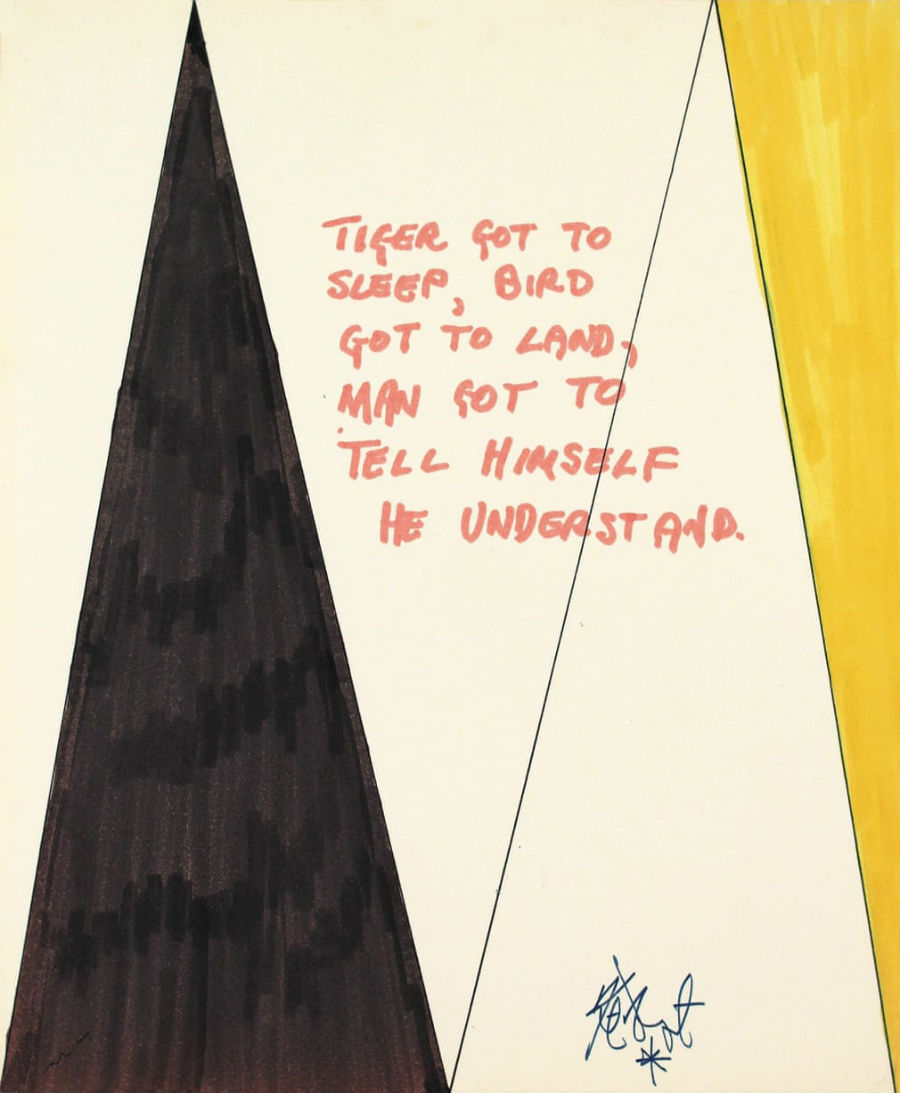
Via The Guardian.
